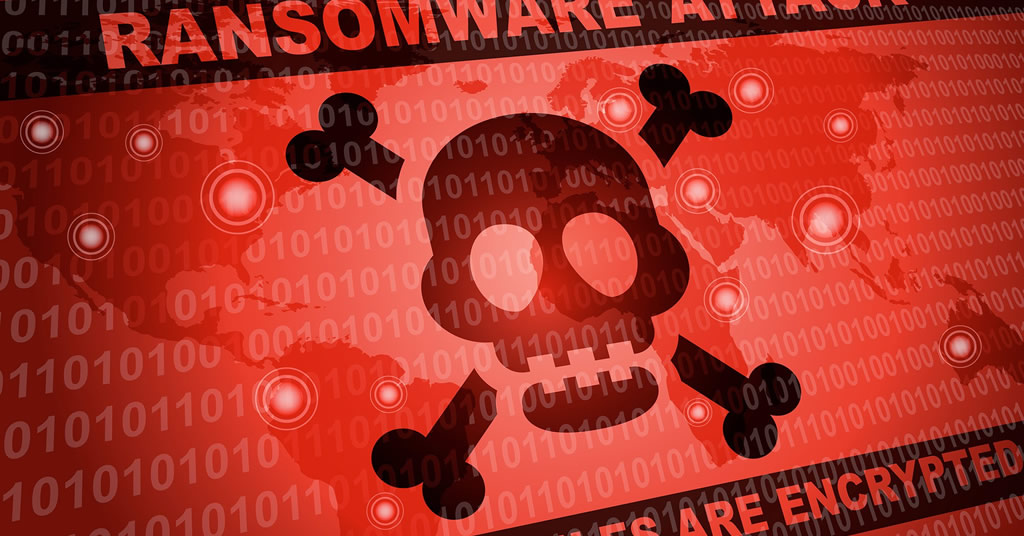
Sometimes persistent ransomware attacks feel like the flu. As soon as security experts find a defense against one strain, a new and more deadly version appears. All making it harder to defend against and certainly difficult to keep up.
With cryptic names like WannaCry, Petya and SamSam, leadership all too well have familiarized themselves with names of attacks and many even know someone who have fallen victim to the latest strain.
While ransomware campaigns have targeted pretty much everyone, they are becoming more tailored to your industry, finding technical vulnerabilities to exploit your network and your software and customizing their attacks to target specific roles within your organization. Unlike flu epidemics, there is less of a cycle or timing of when catching a virus is more or less likely. For ransomware, infections are becoming more persistent day after day.
Ransomware attackers are targeting everyone. In 2018, for instance, attackers were breaching networks in technology, manufacturing, financial and healthcare industries at alarming rates. All industries showed an uptick in the sophistication of attacks targeting each industry.
Because insurance companies are finding that ransomware payments are cheaper than complete recoveries, many businesses have paid ransomware payments in hopes of easily recovering their systems (easy recovery using a decryption key is NOT always that easy).
Across organizations, ransomware now accounts for more than 70% of malicious software attacks. With price tags in the tens to hundreds of thousands of dollars (we’ve seen cases where IT Support companies were ransomed for over a million bucks), recovery might be a long road. In many instances recently, businesses have opted to close their doors because there was no light at the end of the recovery tunnel.
When a ransomware attack brings down your IT systems, it doesn’t just disrupt your business processes. It means no one is getting billed or paid for time worked. It means the livelihood of all of those that have put their trust in you for feeding their families.
Ransomware is by no means static.
In fact, new emerging variants of software come out weekly (if not sooner than that). It’s a constant cat and mouse game. We are constantly chasing new infections down.
We’re no longer in an era where one single person can humanly read everything that’s happening. Organizations like yours will likely need a security information management system that collects and summarizes data, identifies trends and provides recommendations as to how to best prioritize your security.
One of the latest ransomware viruses that has been targeting businesses—Zeppelin—first spotted in November was carefully designed to target healthcare and organizations in the U.S. It is targeted through phishing attacks to specific roles within your organization.
One low cost way to stay updated on security?
One of the easiest ways to stay up on your security is to be updated on areas that malicious software are attacking and understanding what you have in place to prevent malicious code to move within your network.
Having an easy place that aggregates information and gives you a score card on how your organization is doing to keep up with the latest threats (both in technology and team training).
One of the easiest first steps?
A network assessment to show you where your gaps fall. Security experts tend to focus on technology, implementation of that technology and education and security training for your teams to ensure that your organization is prepared for the latest attacks.


